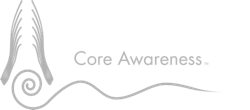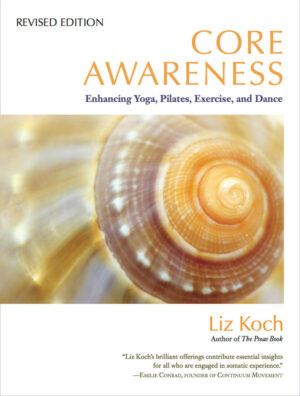Description
Chapters include:
Location: Explains the exact location of the psoas within the human body and its relationship to other muscles, bones, and organs.
Function: Clarifies the diverse functions of the psoas.
Influence: Details the effect the psoas has on structural balance, joint rotation, muscular compensations, organ functioning, breathing, and emotional well-being.
The Fear Response: Offers insight on the voluntary and involuntary fight, flight, and freeze response. A strong case is made for not directly palpating or using manipulative techniques when working with the psoas.
Childhood Conditioning: Explains the complexities that are inherent in a short or contracted psoas muscle and looks at the ways parents can support a child’s developmental growth.
Releasing The Psoas: Gives simple instructions on how to release, soften, tone, and lengthen your psoas muscle.
Reproductive Health: Suggests ways of working with the psoas throughout the phases of a woman’s sexual life, the benefits of working with the psoas for prostate health for men, and importance of working with the psoas as people age. Explains how releasing the psoas can relieve menstrual cramping and discomforts as well as supports mother and fetus through every phase of pregnancy, including easing labor and helping to provide the conditions necessary for vaginal birth.
Applications: Offers ergonomic ways to properly engage the psoas in everyday activities such as walking and sitting.
Approaches to the Psoas: Reviews popular body systems and determines their somatic approach for working with the psoas.




